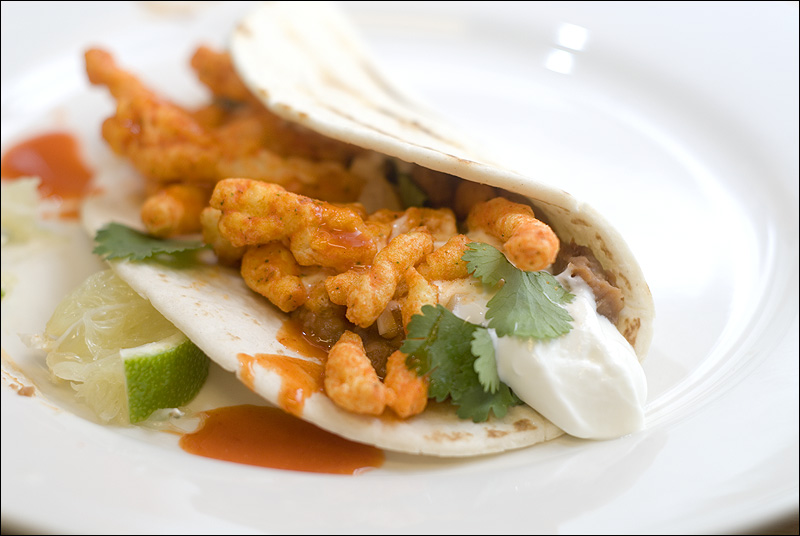 |
| So, so dirty. © Ryan Schierling |
Thursday, October 28, 2010
Abominations.
Sunday, October 24, 2010
Florentine Benny.
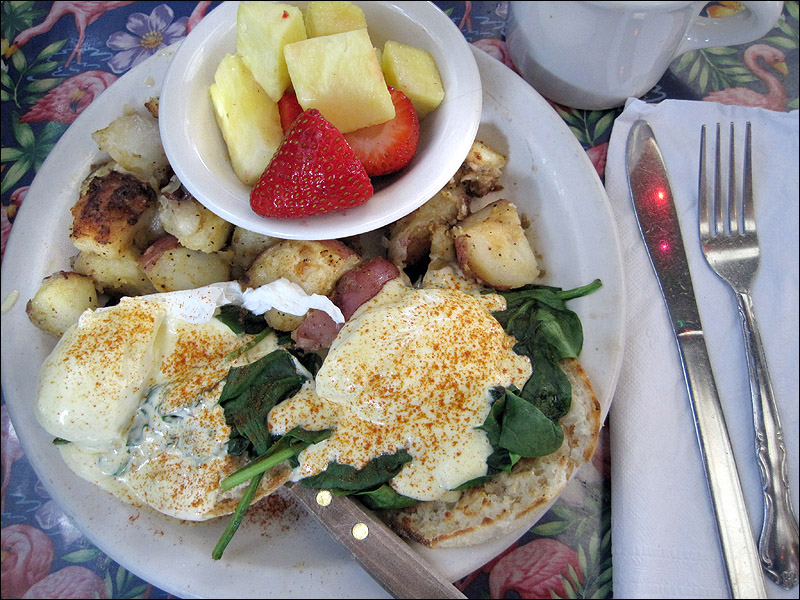 |
| Breakfast BFF. © Julie Munroe |
I've tried not to make quest out of it... you know, I'm keeping my expectations low. A year ago we could walk down to The Shanty Cafe in Seattle on any given weekend morning and I could count on getting the most reliably comforting Florentine Benedict every single time. Even better that it was served up with absolutely no fuss, perfectly crisp hash browns and a good cup of coffee. It was my "usual" and, of course, I would be thrilled to find a place around here that served something comparable at an equally casual establishment.
It's not something you expect to find on any old breakfast menu, though. Not these days - not anywhere I know about, at least. Besides, embracing the cuisine in these parts means more often expecting to see migas or chilaquiles on the menu. So, while Ryan indulges in his quest to try every chicken-fried steak in Central Texas, I've really just been hoping to find my "new usual" somewhere along the way.
Then it happened... and, oh, holy hollandaise... it appears on the special brunch menu at Magnolia Cafe right here in Austin. Perfectly steamed spinach, poached eggs with yolks of liquid gold, and a hollandaise sauce that is rich and sour-creamy but not overpowering. As much as I love hash browns, their delicious red potato home fries didn't give me much opportunity to miss them. The pineapple and strawberries were the perfect palate cleansing finish.
This isn't the first breakfast that has stolen my heart at Magnolia, but it may have very well sealed the deal as my new usual.
Labels:
breakfast,
eggs,
food tourism,
Julie,
spinach,
vegetarian
TGICFS.
 |
| CFS & eggs. Jim's Restaurant - Austin, Texas. © Ryan Schierling |
Some times it just isn't possible to be great, but it's possible to be satisfying. It's possible to be comforting and pleasantly satisfactory. Early on a Sunday morning, I don't always demand greatness. Some times I just demand your honest ingredients, whatever they are and wherever they come from, hot and properly prepared, served with a genuine smile.
The oldsters are here...
Nostalgia is a fleeting
dream in the morning.
Monday, October 18, 2010
Slutty Ragù.
 |
| Slutty ragu. © Ryan Schierling |
Sunday, October 17, 2010
Of loaves and fishes.
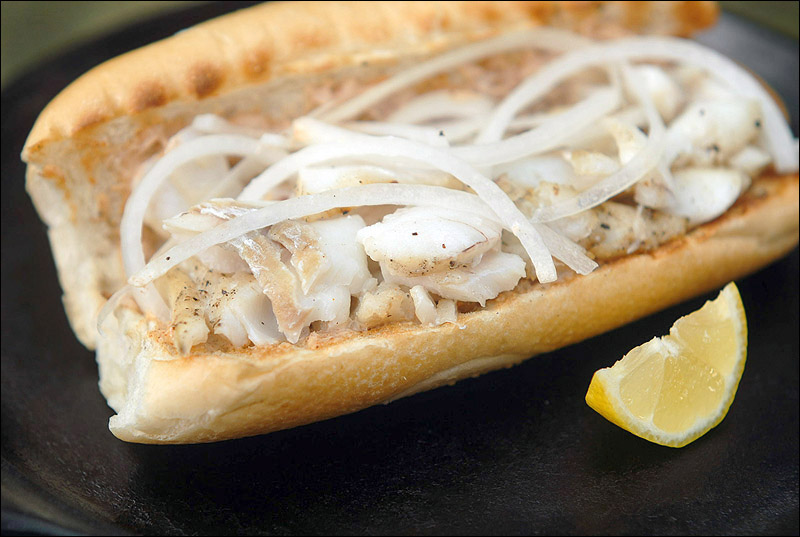 |
| Balik emek. © Ryan Schierling |
He described the sun setting on the banks of the Bosphorus, where fishermen would grill freshly-caught mackerel, place it in a lightly-toasted crusty loaf and garnish it with thinly-sliced onions, sea salt and a squeeze of lemon juice. The last rays of daylight, the smell of fresh sea air mixed with smoke and grilled fish, this simple preparation and sublime sandwich… I'd been transported.
I was salivating. I was exceeding the speed limit. I'd forgotten where I was going, so I turned and went home. I told Julie that we needed to go to Turkey, or Istanbul, or wherever the banks of the Bosphorus were, because I needed to experience this sandwich, this brilliant sandwich that changed this man on the radio's life.
Sunday, October 10, 2010
TGICFS.
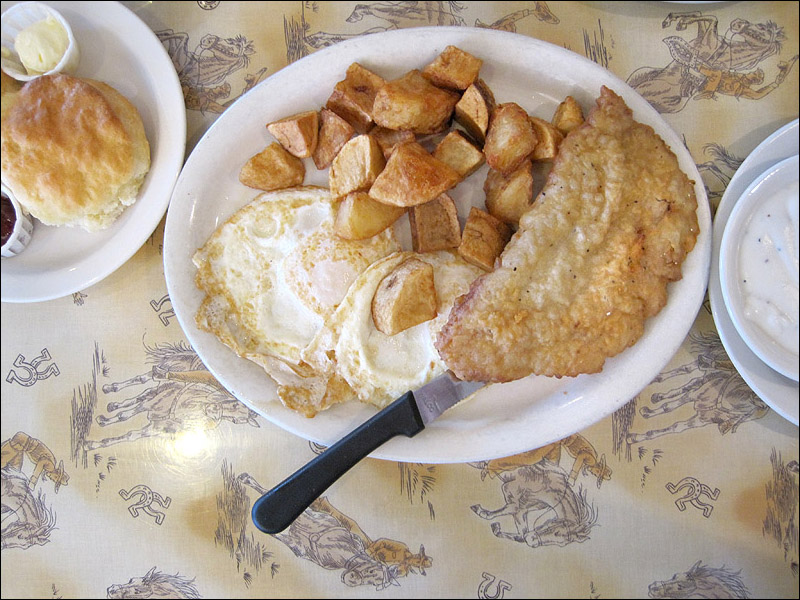 |
| Rancher's Plate. Cafe 290 - Manor, Texas. © Ryan Schierling |
that the loose, limber meat sock
relegates to like
Wednesday, October 6, 2010
Little hands pack pretty jars.
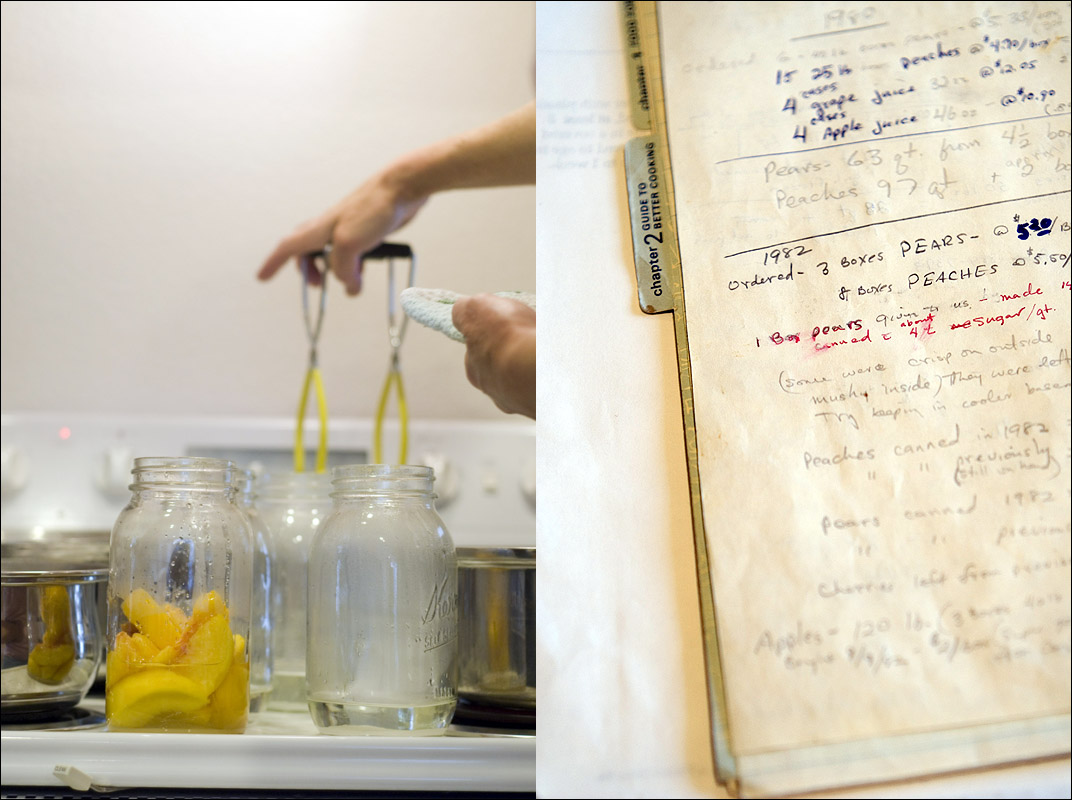 |
| Canning notes. © Ryan Schierling |
Labels:
family recipes,
fruit,
Julie,
nostalgia,
putting food by
Saturday, October 2, 2010
Humble beginnings.
 |
| Borscht meez. © Ryan Schierling |
Labels:
beets,
cabbage,
family recipes,
German,
nostalgia,
Ryan,
soup,
vegetarian
Friday, October 1, 2010
Highbrow, lowbrow, furrowed brow.
Foie gras is delicacy in French cuisine, made of the liver of a duck or goose that has been specially fattened through a force-feeding process called gavage. Foie gras can be sold whole, or prepared into mousse, parfait or pate.
Foie gras, to some, is an expensive epicurean delight enjoyed primarily by the rich.
What is a hot dog?
A hot dog is a moist sausage, typically made of emulsified meat by-products including, but not limited to, mechanically-separated or mechanically-recovered/reclaimed beef, pork, chicken or turkey, fat, and various seasonings and preservatives.
Hot dogs, to some, are considered the absolute lowest of lowbrow fare.
What is Foie Gras Hot Dog?
Foie Gras Hot Dog is a food-related blog that allows us to be properly fancy-schmancy, contentedly middle-of-the-road, and unapologetically trashy in our enjoyment of cooking and eating. Foie Gras Hot Dog lets us run our gustatory gamut – highbrow to humble – and share it all with equal enthusiasm. It's a tall order, but we hope to give due reverence to presenting our family favorites, local, regional, national and international recipes that we love, as well as our culinary explorations of locales Austin and beyond. This is just the beginning – we hope you like it.
(No ducks, geese or hot dogs were harmed in the making of this blog.)
Subscribe to:
Posts (Atom)

